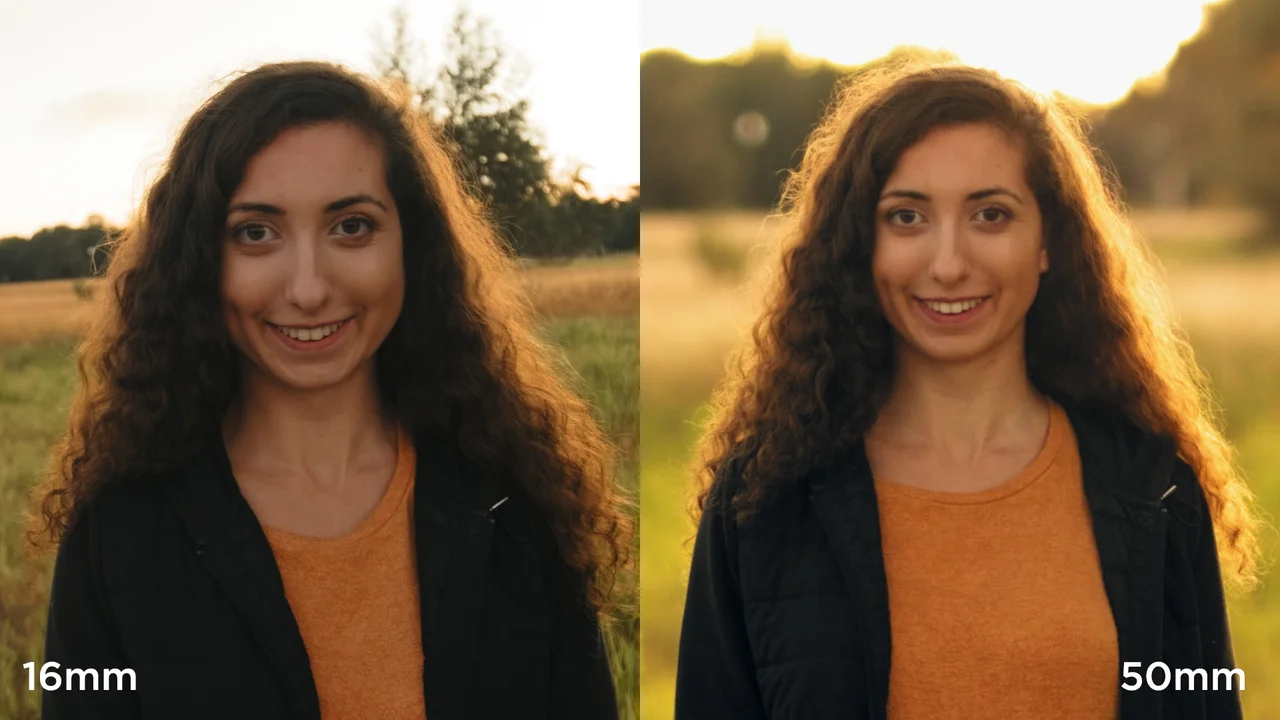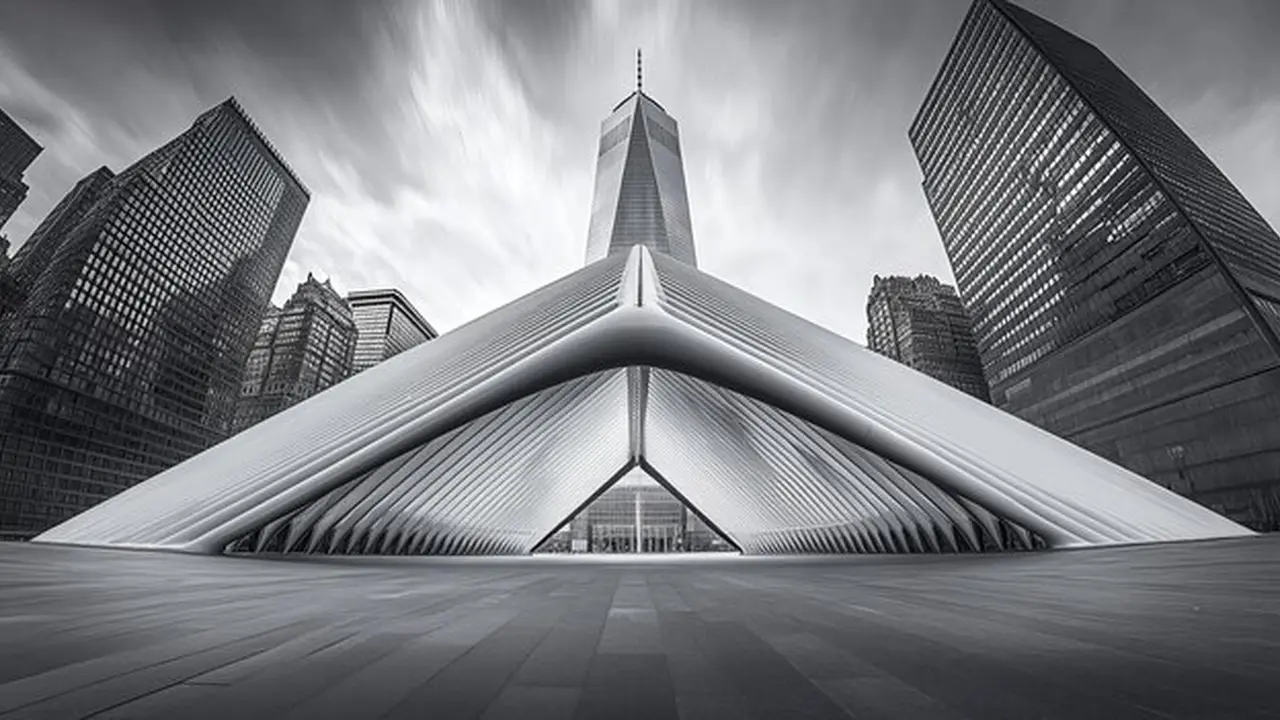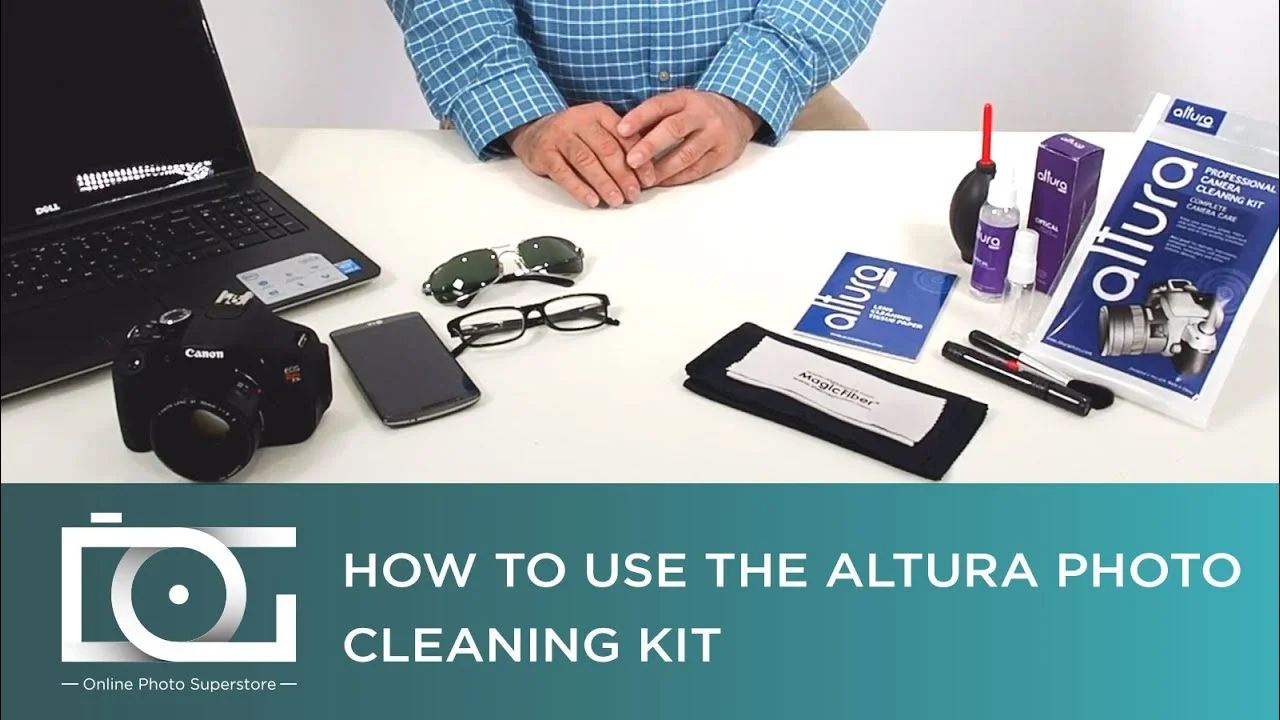Abstract Photography: Capturing Shapes and Forms
Abstract photography invites us to see the world anew, focusing on shapes, forms, colors, and textures rather than recognizable subjects. This article delves into the captivating realm of abstract photography, exploring techniques, compositional elements, and gear recommendations to help you capture stunning, non-representational images. We'll also compare various lenses and accessories, providing price points and usage scenarios to elevate your abstract photography journey.

Abstract photography, at its core, is about capturing the essence of a subject rather than its literal representation. It's a fantastic way to unleash your creativity and see the world with fresh eyes. Forget about perfectly composed landscapes or portraits; instead, focus on the interplay of light, shadow, color, and texture. Let's dive into some key techniques and gear that can help you create truly captivating abstract images.
Understanding Abstract Photography Techniques
Several techniques can help you achieve compelling abstract results. These include:
- Macro Photography: Getting up close and personal with your subject allows you to isolate details and create intriguing abstract compositions. Think about the intricate patterns on a flower petal or the textures of weathered wood.
- Motion Blur: Intentionally blurring your image can create a sense of movement and dynamism. Try using a slow shutter speed while panning with a moving subject, or simply shaking your camera during the exposure.
- Selective Focus: Using a shallow depth of field to blur out most of the image, leaving only a small portion in sharp focus, can draw the viewer's eye to a specific detail and create a dreamy, abstract effect.
- Long Exposure: Capturing movement over an extended period of time, such as flowing water or light trails, can result in ethereal and abstract images.
- Intentional Camera Movement (ICM): Deliberately moving your camera during the exposure can create abstract streaks and patterns. Experiment with different movements – vertical, horizontal, circular – to see what effects you can achieve.
Compositional Elements in Abstract Photography
Even in abstract photography, composition still plays a vital role. Consider these elements when framing your shots:
- Lines: Leading lines, diagonal lines, and curved lines can all add visual interest and guide the viewer's eye through the image.
- Shapes: Look for interesting shapes – geometric, organic, or a combination of both – and use them to create a balanced and visually appealing composition.
- Forms: Three-dimensional forms can add depth and dimension to your abstract images. Pay attention to how light and shadow interact with these forms.
- Texture: Texture is a key element in abstract photography. Look for surfaces with interesting textures – rough, smooth, grainy, etc. – and use them to create a tactile experience for the viewer.
- Color: Color can evoke emotions and create a mood in your abstract images. Experiment with different color palettes – monochromatic, complementary, analogous – to see what effects you can achieve.
Gear Recommendations for Abstract Photography: Lenses, Accessories, and More
While you can create abstract images with any camera, certain lenses and accessories can be particularly helpful.
Macro Lenses for Capturing Intricate Details
A macro lens is essential for capturing the fine details that often make for compelling abstract subjects. Here are a few recommendations:
- Canon EF 100mm f/2.8L Macro IS USM: A fantastic all-around macro lens known for its sharpness, image stabilization, and fast autofocus. Price: Around $900. Great for capturing details of flowers, insects, and other small objects. Its image stabilization is particularly useful for handheld macro photography.
- Nikon AF-S VR Micro-Nikkor 105mm f/2.8G IF-ED: Another excellent macro lens with similar features to the Canon 100mm. Price: Around $800. Ideal for capturing textures and patterns in natural environments. The Vibration Reduction (VR) helps minimize camera shake, resulting in sharper images.
- Sony FE 90mm f/2.8 Macro G OSS: Designed for Sony's full-frame mirrorless cameras, this lens offers exceptional image quality and a smooth bokeh. Price: Around $1100. Perfect for isolating subjects and creating a shallow depth of field. The Optical SteadyShot (OSS) image stabilization is a valuable asset for handheld shooting.
Wide-Angle Lenses for Distorted Perspectives
While macro lenses excel at capturing close-up details, wide-angle lenses can be used to create distorted perspectives and abstract compositions.
- Sigma 14mm f/1.8 DG HSM Art: An ultra-wide-angle lens with a fast aperture, perfect for capturing expansive scenes and creating dramatic perspectives. Price: Around $1600. Use it to distort buildings, landscapes, and other subjects, creating unique abstract effects. The wide aperture allows for shallow depth of field, further enhancing the abstract feel.
- Rokinon 12mm f/2.0 NCS CS: A more affordable wide-angle option, ideal for crop-sensor cameras. Price: Around $300. Great for experimenting with wide-angle abstract photography without breaking the bank. Its fast aperture makes it suitable for low-light conditions.
Neutral Density (ND) Filters for Long Exposure Photography
ND filters reduce the amount of light entering the camera, allowing you to use slower shutter speeds for long exposure photography, even in bright conditions.
- B+W 10-Stop ND Filter: A high-quality ND filter that reduces light by 10 stops, allowing you to create dreamy, blurred effects with flowing water or moving clouds. Price: Around $150. Essential for capturing long exposure abstract landscapes.
- Variable ND Filter: A versatile filter that allows you to adjust the amount of light reduction, giving you more control over your shutter speed. Price: Around $100-$300 depending on quality and brand. A great option for photographers who want to experiment with different levels of blur.
Tripods for Stability and Sharpness
A sturdy tripod is essential for long exposure photography and macro photography, ensuring sharp and blur-free images.
- Manfrotto Befree Advanced Travel Tripod: A lightweight and compact tripod that's perfect for travel and on-location shooting. Price: Around $200. Offers a good balance of stability and portability.
- Gitzo Mountaineer Series Tripod: A high-end tripod known for its exceptional stability and durability. Price: Around $800. A worthwhile investment for serious photographers who demand the best.
Comparing Lenses and Accessories for Abstract Photography
Choosing the right gear depends on your budget and the type of abstract photography you want to pursue. For macro photography, a dedicated macro lens is essential. For wide-angle distortion, a wide-angle lens is a must. ND filters and a tripod are crucial for long exposure photography. Consider your needs and budget when making your decisions.
Macro Lens Comparison: The Canon and Nikon 100/105mm macro lenses are comparable in terms of image quality and features. The Sony 90mm macro lens is a great choice for Sony mirrorless users. All three lenses offer excellent sharpness and image stabilization.
Wide-Angle Lens Comparison: The Sigma 14mm is a premium lens with a fast aperture, while the Rokinon 12mm is a more affordable option. The Sigma offers better image quality and low-light performance, but the Rokinon is a great value for the price.
ND Filter Comparison: A fixed 10-stop ND filter is ideal for creating dramatic long exposure effects. A variable ND filter offers more flexibility, but image quality may be slightly compromised at extreme settings.
Using Abstract Photography in Different Scenarios
Abstract photography can be applied to a wide range of subjects and scenarios. Here are a few ideas:
- Urban Abstract: Look for interesting shapes, textures, and patterns in urban environments – buildings, streets, graffiti, etc.
- Nature Abstract: Capture the beauty of nature in a non-representational way – flowers, leaves, water, rocks, etc.
- Abstract Portraits: Focus on specific features of a person's face or body – eyes, lips, hands – and blur out the rest.
- Abstract Still Life: Arrange objects in a creative way and experiment with lighting and composition to create abstract still life images.
Experiment with different techniques and approaches to find your own unique style in abstract photography. The possibilities are endless!
:max_bytes(150000):strip_icc()/277019-baked-pork-chops-with-cream-of-mushroom-soup-DDMFS-beauty-4x3-BG-7505-5762b731cf30447d9cbbbbbf387beafa.jpg)






